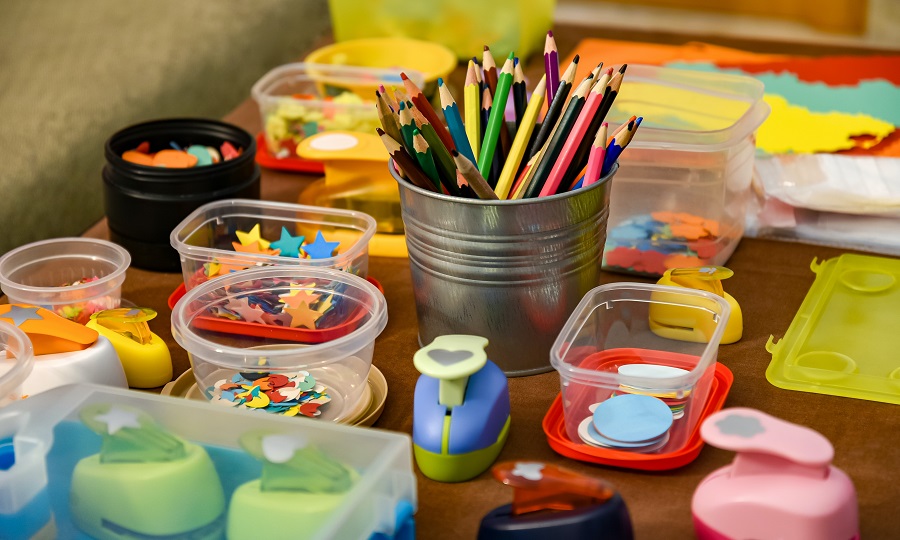
Everything is expensive – you’ll hear parents grumble this summer around parks and soccer fields across the country. But there are valuable lessons in financial literacy for the family amid the challenges.
Families are already up against a rising Consumer Price Index (CPI). And the two biggest categories that have an outsized impact on families are groceries and mortgages – which are soaring. Grocery prices are up more than 9% and mortgage interest costs are up over 30%. In fact, according to the report, these two indexes contributed the most to the headline CPI increase.
Suffice to say, most parents likely aren’t thrilled about back-to-school shopping with budgets already being stretched thin at home. So why not make the most of it with teachable moments?
I spoke with two financial advisors to find out how to involve kids in the back-to-school budget and ideally teach them some financial knowledge along the way. Both advisors agreed this is a perfect learning opportunity. These are their four top tips:
#1 Involve Kids in the Discussion
Start with a list of wants and needs – an essential concept when building any budget. And use it as a discussion point to differentiate between the two. And be honest, you can say, “As adults we cover the necessities first. We are disciplined, even though we also have wants,” says Sara La Gamba, Senior Advisor at SPM Financial.
“By involving kids, they learn to prioritize and understand the difference between wants and needs,” says Alim Dhanji, Senior Financial Planner at Assante Financial Management Ltd.
He adds that it’s important to let them help you research the items and review costs, so they are aware of how much things cost and can understand the value of money.
#2 Take them Shopping with You
Armed with their list take them shopping with you, whether it’s online or at the store.
They’ll already have an idea of what each item costs, and what can be purchased within their budget.
La Gamba gives this example: “If a kid has $500 and there are three things they want: $100 backpack, $300 shoes and $150 worth of clothes – they’ll figure out that they don’t have enough.”
So, where does the extra money come from? Can they kick in $50?
This is a great opportunity to discuss savings– should they deplete their money? And discuss the consequences of that (if they see something else in a few days there is no money left). Work through it with them.
#3 Engage Kids on the Math Side of Budgeting
Researching prices, adding up expenses and comparing prices all lends itself to improving arithmetic.
And depending on the kid’s age, back-to-school budgeting can introduce new budgeting concepts such as cash flow, goals and savings.
Dhanji adds that on top of improving math skills, sticking to a budget will boost children’s confidence and give them a sense of control over their spending.
#4 Teach them Delayed Gratification
Just because you want the thing – doesn’t mean you’ll get the thing. “If kids get everything they want, all at once, they don’t understand the work involved,” says La Gamba.
Explain that money is a finite resource, you must use it responsibly. Double check the budget, double check the wants vs. needs list – if kids are begging for an extra item.
A good approach is telling the child or teen that you can revisit the item in 6 months if it’s still on their radar. Or come up with a savings plan on how they can make enough money to purchase the item.
This teaches them delayed gratification and it’s a lesson they’ll take with them into adulthood.
The Apple Doesn’t Fall Far From the Tree
Financial literacy often falls on parents to teach their children. That’s the reality. And back-to-school budgeting and shopping is a perfect opportunity to introduce or reinforce money, math, and budgeting.
And as La Gamba points out, the parent’s relationship with money often gets passed down to the children. Make the time to analyze your own spending habits to ensure you’re not only teaching the right lessons but leading by example.






:quality(80)/cloudfront-us-east-1.images.arcpublishing.com/morningstar/A6OOX7PBSVEJ5BXDFSPKGLO72M.png)






.png)








